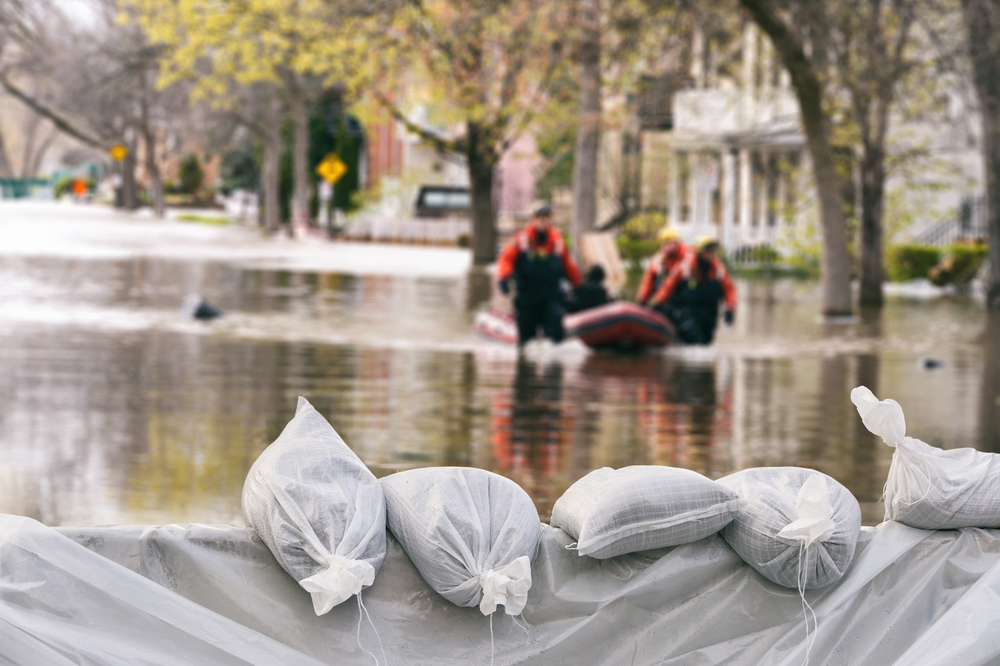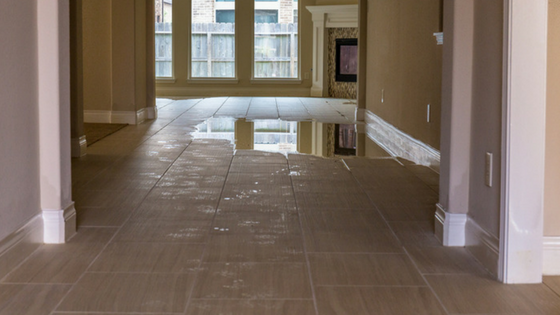Drowning in Flood Job Files? We Can Help.
It’s been a busy season for hurricanes and contractors should be expecting a flood of potential work. So far there are upward of 185,000 insurance...

More than a month after Hurricane Michael barreled through parts of Northwest Florida, insurance claims have topped 125,000, according to numbers posted online by the state Office of Insurance Regulation. Many of those are flood claims and contractors looking to help these areas recover not knowing how to accurately asses these types of claims can be a challenge.
Hurricanes Sandy, Katrina and other major flood events provided some important lessons for all involved in the adjusting and restoration process. Documentation is critical for both policyholders and adjusters. What does the policy cover? What damage was sustained? What can be replaced and what can be restored?
For contractors who do not have a lot of experience adjusting flood claims, Balance can help. Here are our top recommendations to ensure that critical facets of the inspection aren’t missed, and your damage estimates are accurate.
Have questions or need more information? Contact us today at 888-618-0367 or join the conversation on Facebook and LinkedIn.

It’s been a busy season for hurricanes and contractors should be expecting a flood of potential work. So far there are upward of 185,000 insurance...

Our number one goal at Balance Claims is to help contractors find solutions that work for them when it comes to estimating and supplementing...

2018 has been a strange year for hail storms across the U.S. Overall, storm reports were down almost 30% in early April and May compared to 2017, and...